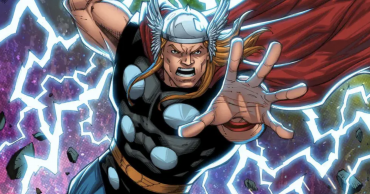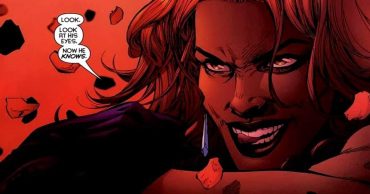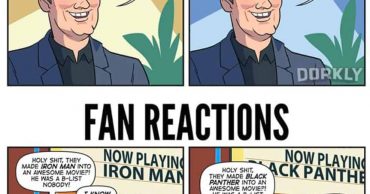
People who pay attention to Teenage Mutant Ninja Turtles should be familiar with the character April O’Neil. After all, she is one of the best-known members of the titular characters’ supporting cast, so much so that she has shown up in a remarkable range of projects over the course of the franchise’s existence. With that said, it is interesting to note that the different versions of April have had some very different designs over time, as shown by the fact that her latest incarnation in Rise of the Teenage Mutant Ninja Turtles is black.
Was April O’Neil Supposed to Have Been a Black Character?
Perhaps unsurprisingly, the choice to make April black in Rise of the Teenage Mutant Ninja Turtle resulted in a backlash from certain circles on the Internet. Something that in turn, has encouraged supporters of the creative choice to engage in a back and forth. One of the arguments brought up by the supporters is the claim that April was supposed to have been a black character from the start, which might have come from a noble desire but is nonetheless inaccurate.
In short, the earliest appearances of April in the comic book series do not support the claim that she was supposed to have been black from the start. In the black and white panels, she is contrasted with the character Baxter Stockman, who is black, in the sense that she has a lighter skin tone. Furthermore, the colored cover page for the third printing of the second issue make it clear that she is a light-skinned brunette, which is further supported by the colored version of the issue that was included in the eventual paperback. Summed up, it is clear that April wasn’t envisioned to have been a black character from the start, though the belief isn’t wholly baseless.
For those who are curious, the belief can be traced to the fourth issue, which featured April getting a perm for her hair. On the black and white panels, the result does actually make April look like a black woman, which could explain why there are people who believe that she was supposed to have been black from the start based on those panels and none of their surrounding context. However, it is important to note that perms are by no means limited to black women. In fact, they were actually an in-fashion hairstyle for both black and white women in those times, thus neatly explaining April’s choice of hairstyle. With that said, it wasn’t too long before April dropped the perm in preference for going back to a straight or somewhat bouncy hairstyle.
As for what the creators thought, well, both of them have commented on the matter. For instance, Kevin Freeman has stated that April was originally supposed to be an Asian character when she was still nothing but text in Peter Laird’s notes. However, Freeman did note that April was named for a black woman, who has been presumed to be his then girlfriend, later wife, and later ex-wife April Fisher. Meanwhile, Peter Laird has commented that he has always imagined April to be a white woman with Irish, Scottish, and English ancestry, but that he wasn’t sure what Freeman imagined her to look like. However, Laird has also stated that he suspects that Freeman might have imagined April to look like his then girlfriend, who was mixed race. Still, while Freeman may or may not have imagined April to look either black or mixed race, the earliest depictions definitely showed a light-skinned brunette.
Further Considerations
Summed up, the original version of April wasn’t a black woman. However, that doesn’t mean that April can’t be a black character in the present. After all, the character has received a number of redesigns over the course of her existence, which have included black versions before this one. Combined with the fact that the co-creators of the Teenage Mutant Ninja Turtles franchise don’t seem to have any problems with such depictions, there is no persuasive argument against the black April that can now be found in Rise of the Teenage Mutant Ninja Turtles. If anything, it will be interesting to see how presentations of the character continues to change in the decades to come.
 Follow Us
Follow Us





